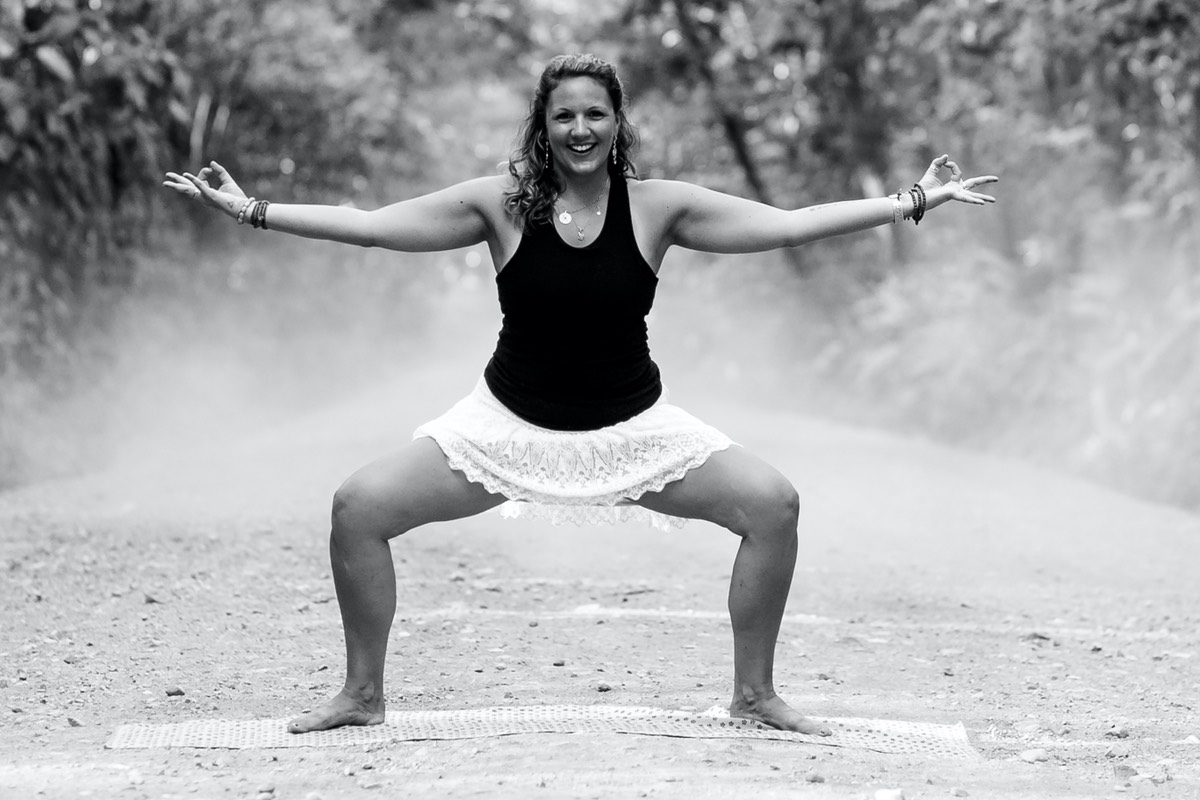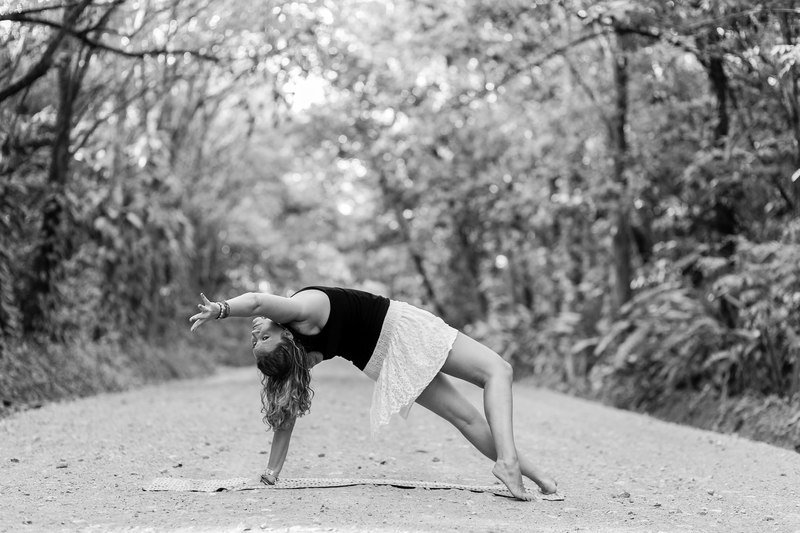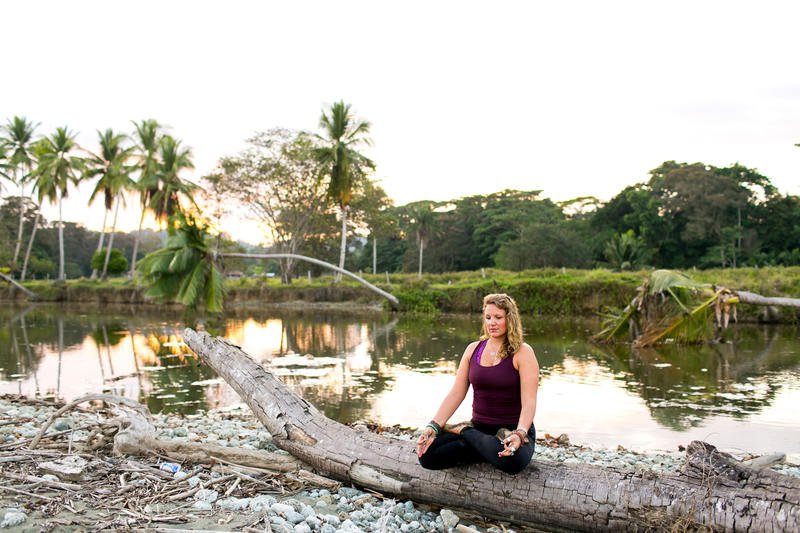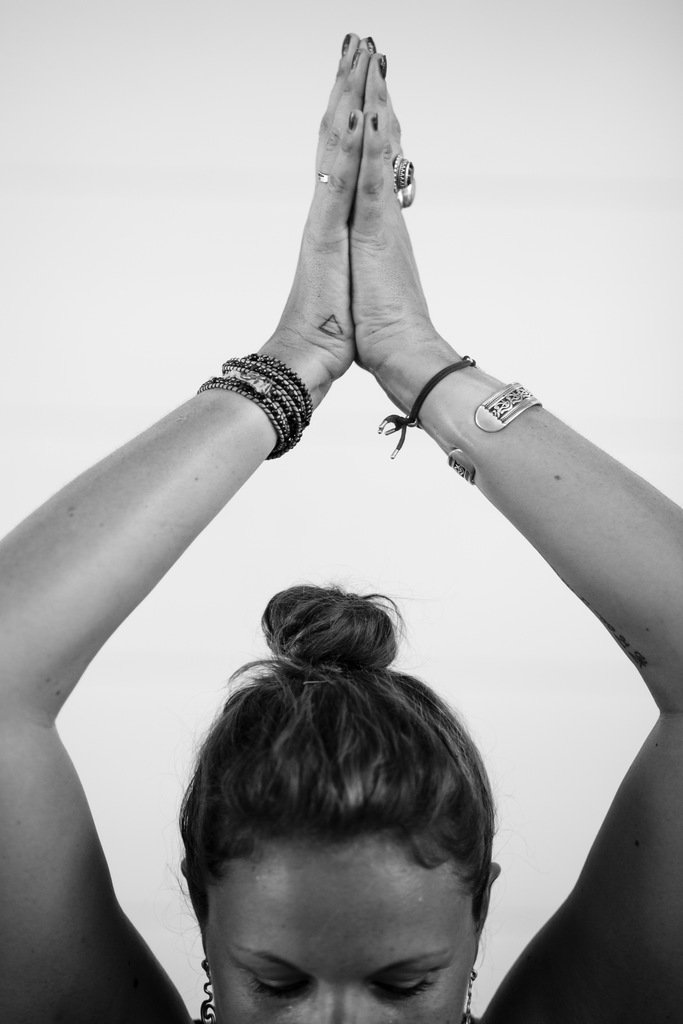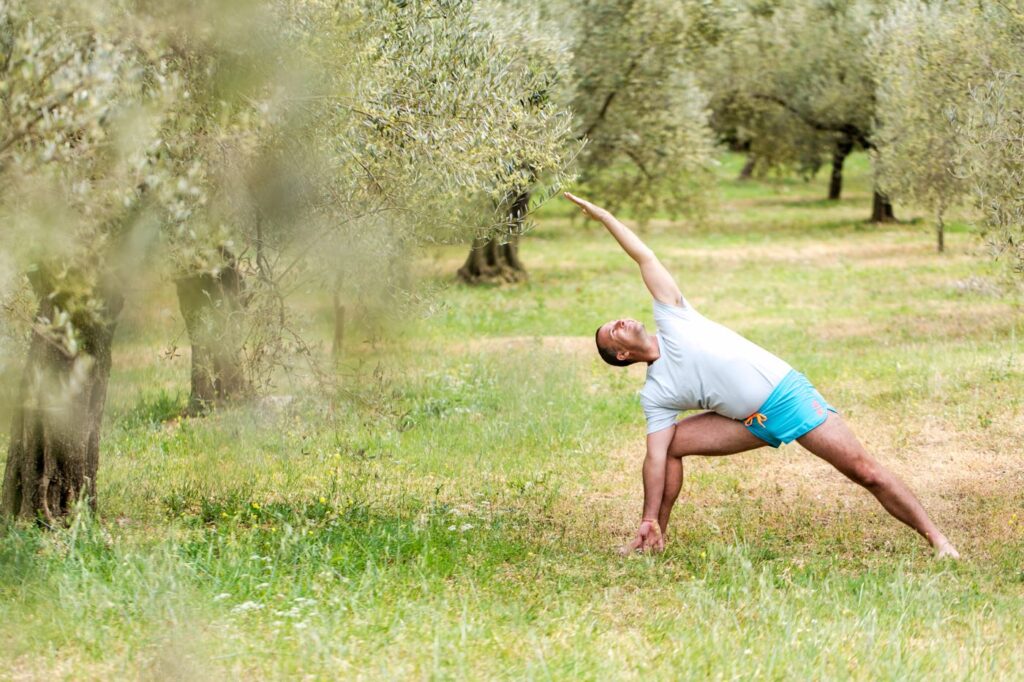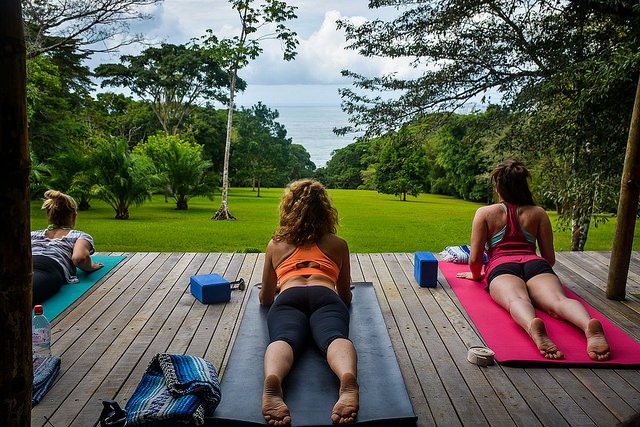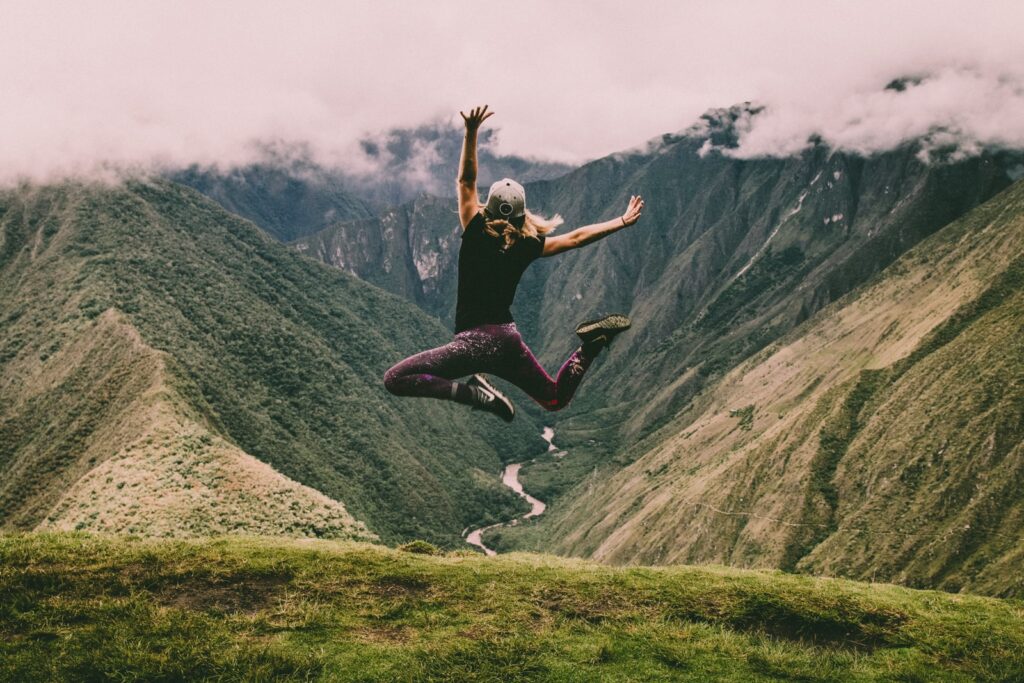Marianne Williamson said, ‘Our deepest fear is not that we are inadequate. Our deepest fear is that we are powerful beyond measure.’
We each have so much potential, yet all too often, there is a gap between what we’re capable of and what we’re doing.
Life is too long to be miserable and too short not to take a chance from time to time, even if that makes us feel a little uncomfortable. We need to forget the doubts and the fears that hold us back and cultivate the courage that will enable us to flourish, thrive and live happy and fulfilling lives.
Like everything, it takes practice. Follow our easy step-by-step guide to being braver.
ONE: Speak your own truth
Unleash your own voice.
Unapologetically speak out, loud and proud. You matter, so say what you think!
Learn to trust yourself and share your thoughts and opinions.
We all have something special and unique to contribute to the world. Don’t hide it beneath bashfulness.
TWO: Open your heart
Allow yourself to be vulnerable – there is strength in your softness! Tune into your intuition and follow your desire.
Do what feels right – get out of your head and into your heart. After all, it knows best. Allow yourself to let go and have faith in a bigger picture that perhaps you can’t understand or yet see.
THREE: Push your boundaries and explore your comfort zone
Challenge is one of the most potent paths to transformation.
The things that don’t come easily present opportunities for growth.
So leap into the unknown.
When we push our boundaries, the once unfamiliar becomes familiar and each time we do it, we become a little more fearless.
When we push our boundaries, we build more confidence.
FOUR: Take decisive action
Feel the fear and do it anyway. Yes, really! Better to make a decision and deal with the fallout than to sit on the fence wondering what if. Make your move and remain open. There is nothing worse than sitting stewing in a state of stalemate.
Life is carefully choreographed so that we cannot know where the path leads because everything is always in a state of flux. We start things, but rarely are we able to truly know where they’re going to lead. But like pieces of a jigsaw puzzle, they slot together perfectly. So learn your lessons and keep your eyes open for the insights that will inform what happens next.
The Bhagavad Gita teaches us to take action without attachment to the result.
It reminds us that no matter how painful or pleasurable something appears, this is only an understanding that comes from our thoughts and perceptions. Our experience of life is merely an interpretation of what might be real, based on our worldview and experiences.
We must have the faith to cultivate courage.
Faith, coupled with courage and determination, will help you to hold steady in the pursuit of your own truth.
FIVE: Laugh
To cultivate courage, keep your sense of humor, and don’t take yourself too seriously.
Laugh, especially if you’re exploring uncharted territory and doing something you’ve never done before.
If you got it right the first time, you’d miss out on a whole heap of fun!
Check out these other popular posts:
About the author
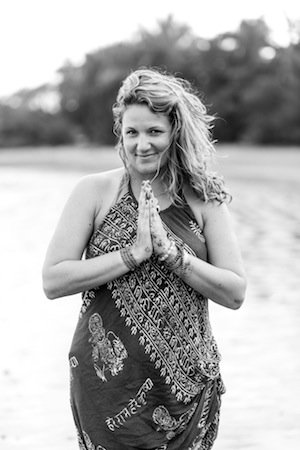
Katherine is a global nomad, a free spirit, a wild warrior yogi on a quest for her own truth; part of a new generation of women who are wild, wise, authentic, and free, who have chosen to dismiss what society has dictated and instead pursue her own destiny.
Katherine is a devoted student of yoga, with a travel addiction. She is a yoga teacher, an ayurvedic chef, a life coach, a self-confessed foodie, and an adrenaline junkie with a healthy thirst for tequila margaritas and moving her body in rhythm with a banging baseline.
She had written her own cookbook ‘Nourish. Healing meals at Moses’ for Vale De Moses in Portugal and co-authored ‘Voila. Cuisine avec Maria’ for Blue Osa.
Katherine’s writing is dedicated to inspiring positive change in you through yoga, nourishment, and unapologetic flourishing fun.


